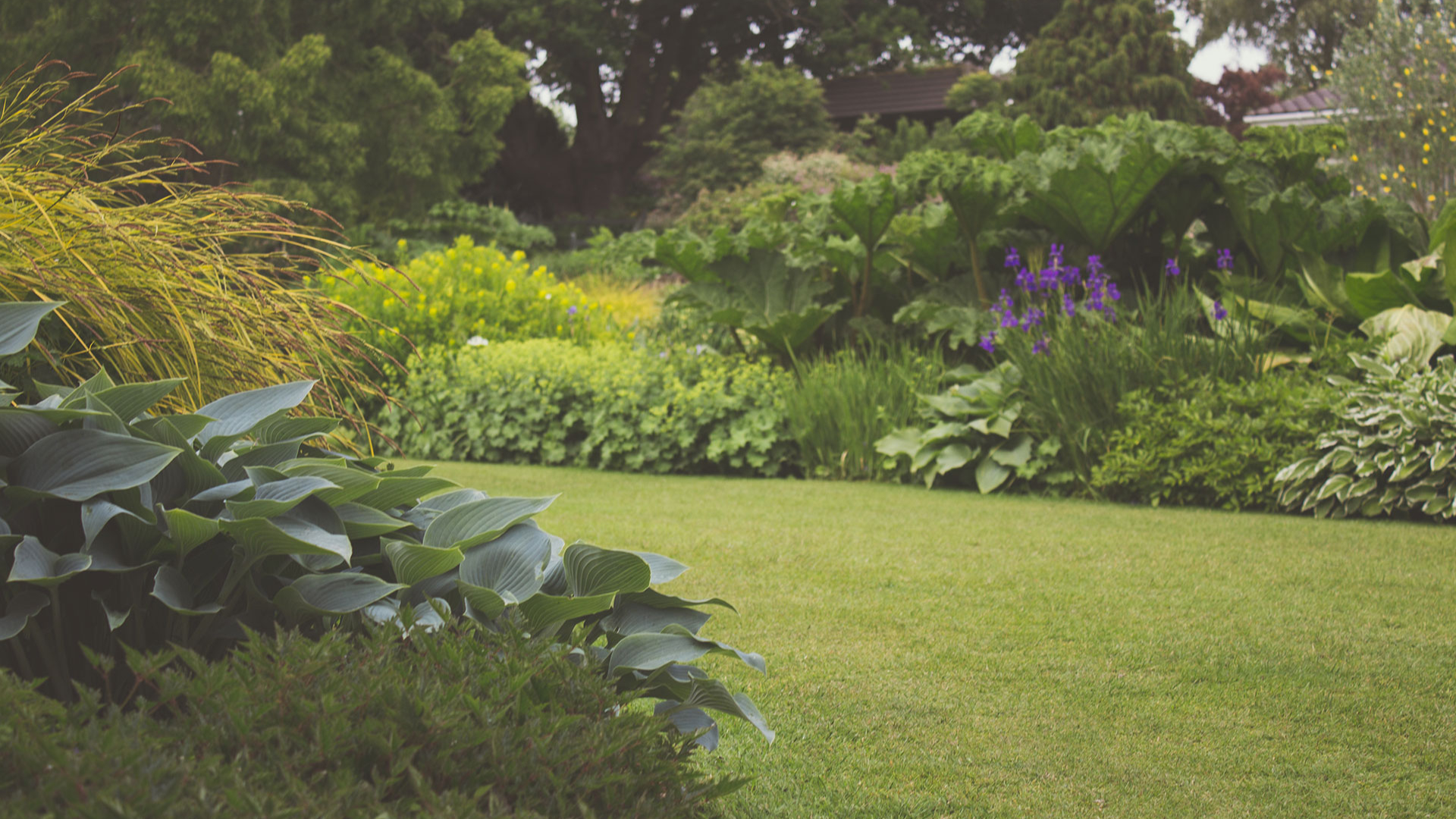Maintaining a healthy and vibrant lawn requires regular care and attention. One common issue that homeowners face is the development of fungal diseases, which can quickly spread and damage the grass. To prevent and combat these diseases effectively, it’s crucial to know when and how to apply fungicide to your lawn. In this blog post, we will provide you with a comprehensive guide on determining the right time to use fungicides and best practices for application.

identify common lawn fungal diseases:
Before resorting to fungicide treatments, it’s important to be able to identify common lawn fungal diseases. These may include:
- Brown Patch: Causes circular, brown patches in the grass, often with a darker ring around the outer edge.
- Dollar Spot: Characterized by small, silver-dollar-sized brown spots with a bleached appearance.
- Powdery Mildew: Appears as a white, powdery coating on the grass blades.
- Fairy Ring: Exhibits a circular pattern of mushrooms or dead grass, often with a vibrant ring of green grass.
monitor weather conditions:
Weather plays a significant role in the development and spread of fungal diseases. Keep an eye on the following factors:
- High Humidity: Fungal diseases thrive in humid environments, so monitor humidity levels.
- Extended Periods of Rain: Frequent rain can create ideal conditions for fungal growth and spread.
- Warm Temperatures: Some diseases are more prevalent during hot weather, so be vigilant during warmer months.
assess lawn symptoms:
Regularly inspect your lawn for signs of fungal diseases. Look for discolored patches, thinning grass, or unusual growth patterns. If you notice any of these symptoms, it may be time to act.
consult with a lawn expert:
If you’re unsure about the specific disease affecting your lawn or the appropriate fungicide to use, consult with a lawn care professional. They can provide expert advice tailored to your lawn’s needs.
follow application guidelines:
When applying fungicide, it’s crucial to follow the instructions provided by the manufacturer. Consider the following tips:
- Timing: Apply fungicide early in the morning when the grass is dry, as this allows for better absorption.
- Proper Coverage: Ensure complete coverage of the affected area and nearby healthy grass to prevent further spread.
- Reapplication: If necessary, reapply the fungicide as directed, typically at specified intervals.
take preventive measures:
Prevention is key to maintaining a healthy lawn. Implement the following preventive measures:
- Proper Mowing: Maintain the correct grass height and avoid scalping, as stressed grass is more susceptible to diseases.
- Watering Practices: Water deeply and infrequently, ensuring the grass has adequate time to dry between watering.
- Aeration: Regularly aerate your lawn to improve soil drainage and reduce moisture retention.
Knowing when to apply fungicide to your lawn is essential for effective disease management. By staying vigilant, monitoring weather conditions, and following proper application guidelines, you can keep your lawn healthy and free from fungal diseases. Remember, prevention is crucial, so incorporate good lawn care practices to minimize the risk of disease outbreaks. If in doubt, consult with a lawn care professional who can provide tailored advice for your specific lawn conditions.


